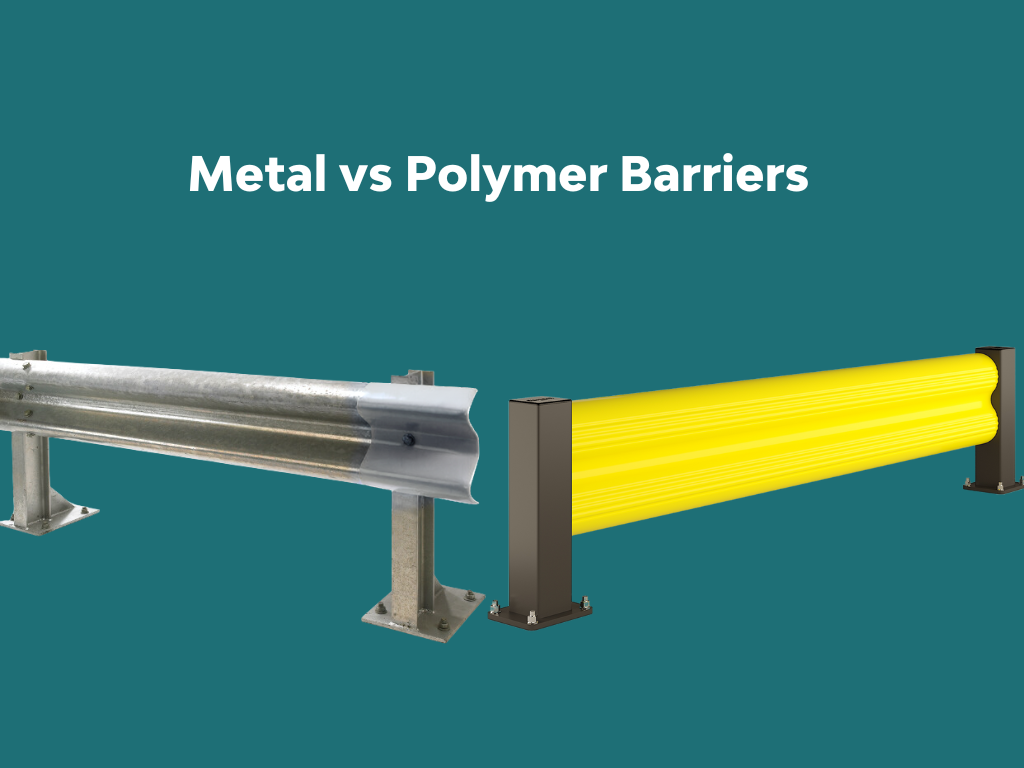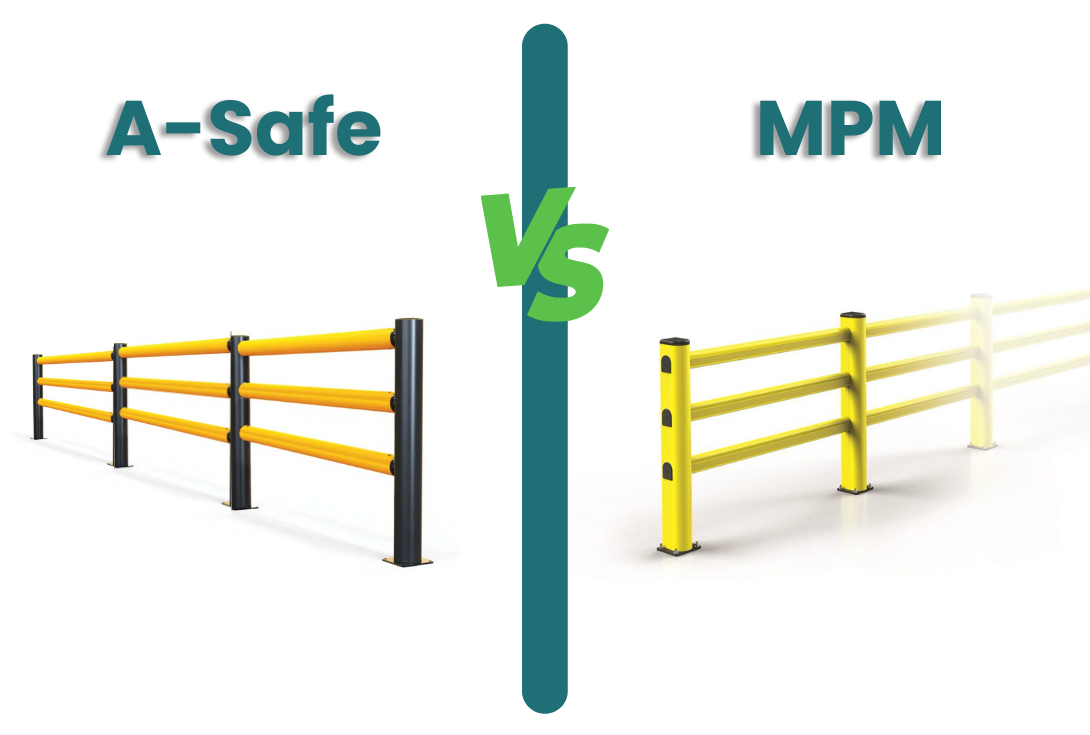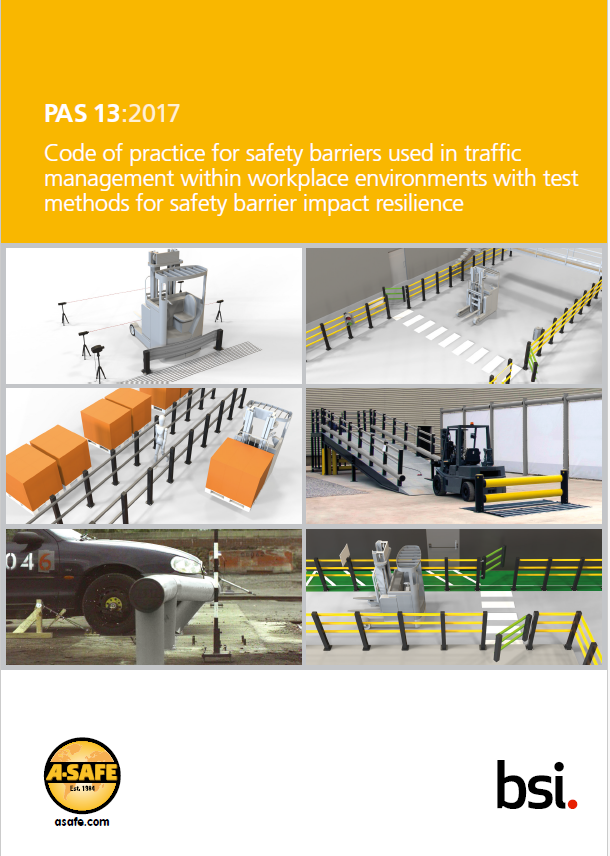The Myth That Polymer Barriers Cost More Than Steel Barriers
 By
Caleb Shaw
·
2 minute read
By
Caleb Shaw
·
2 minute read
There is a huge misconception out there in the pedestrian safety industry, and I’m here today to set the record straight.
The idea that a steel barrier will cost you less than a polymer barrier is fool’s gold.
Yep, fool’s gold.
Here is why:
A true look at the numbers
Lets assume that you're buying a 30M length of pedestrian segregation barrier and you're considering steel Armco-type barrier and a polymer barrier such as the PED 150.
You then invite a warehouse fitout specialist to your warehouse ‘who does both’ and he tells you he can install a polymer barrier for £30k or the steel barrier for £25k. (These are very general numbers. Work with me here.)
(By the way, many steel barrier suppliers who supposedly offer polymer barriers as well only say they offer both so as to get in the door, and then convince the warehouse manager to go steel. This is why you, as a customer, should always find out what percentage of steel vs. polymer the builder does in order to make a true gauge on whether they really install, and are experts, in both types…or not.)
But back to our discussion.
The whole purpose of any type of pedestrian segregation barrier is to protect pedestrians, and if we were sure that there wouldn't ever be any risk then we wouldn't install any barrier, the fact is - they will get hit. Not every time will the barrier be completely destroyed but they will get hit.
For the sake of this discussion, we assume that they will get a light impact every 3 months or so, a medium impact once a year and a heavy impact once a year.
Assuming you ‘save’ £5,000 initially on your barrier installation, what will be the long-term price difference?
If you stay in the building for 4 more years, you could expect these averages:
- For a light impact on steel - this will likely only need the rails replacing, £100 each plus £150 install, £1000/year
- A medium impact on steel barriers will require replacement posts, rail and concrete repair. Also may require repairs to your FLT. £2000/year
- A heavy impact with a steel barrier will damage the FLT, require replacement concrete and new components £2500/year
By contrast, these same impacts will be absorbed by the polymer barrier and not transferred to the floor.
Doing the simple maths, over the course of 5 years, you’re actually going to spend £20-30k more for general barrier maintenance for steel barriers. On top of this, every time there is an impact with steel there is usually a downtime cost associated with it while the barriers are repaired.
Factoring in steel’s other drawbacks like no handrails, no gates, corrosion, one can easily see that there is a significant cost difference over time between the two barrier types.
What do second time buyers buy?
People move around in industry, companies get bought out and better opportunities emerge - When people have new opportunities to implement pedestrian safety - what do they buy?
It is extremely rare for a previous buyer of polymer barriers to go back to steel barriers, simply because the ROI for a polymer barrier is so easy to see. The hidden costs of a steel barrier are not always easy to see if a first time buyer.

Bottom line my friends—be smart. Use logic when it comes to understanding the true cost of a barrier. If a warehouse fit-out supplier says you’ll save a bunch of money by going steel, in reality they are being very short-sighted and not considering your long-term best interests.
This isn't to say there aren't arguments to be made for steel barriers over polymer barriers (lead time and delivery constraints being the #1 factor), but the idea of barrier 'cost' simply needs to be better understood.
So if you're having this pricing debate of steel vs polymer, think long term, and chances are you’ll be much happier in 5 years because of it.
At Clarity, we supply and install polymer barriers for customers across the UK. If you're interested in a polymer barrier for your warehouse, feel free to browse our products.




